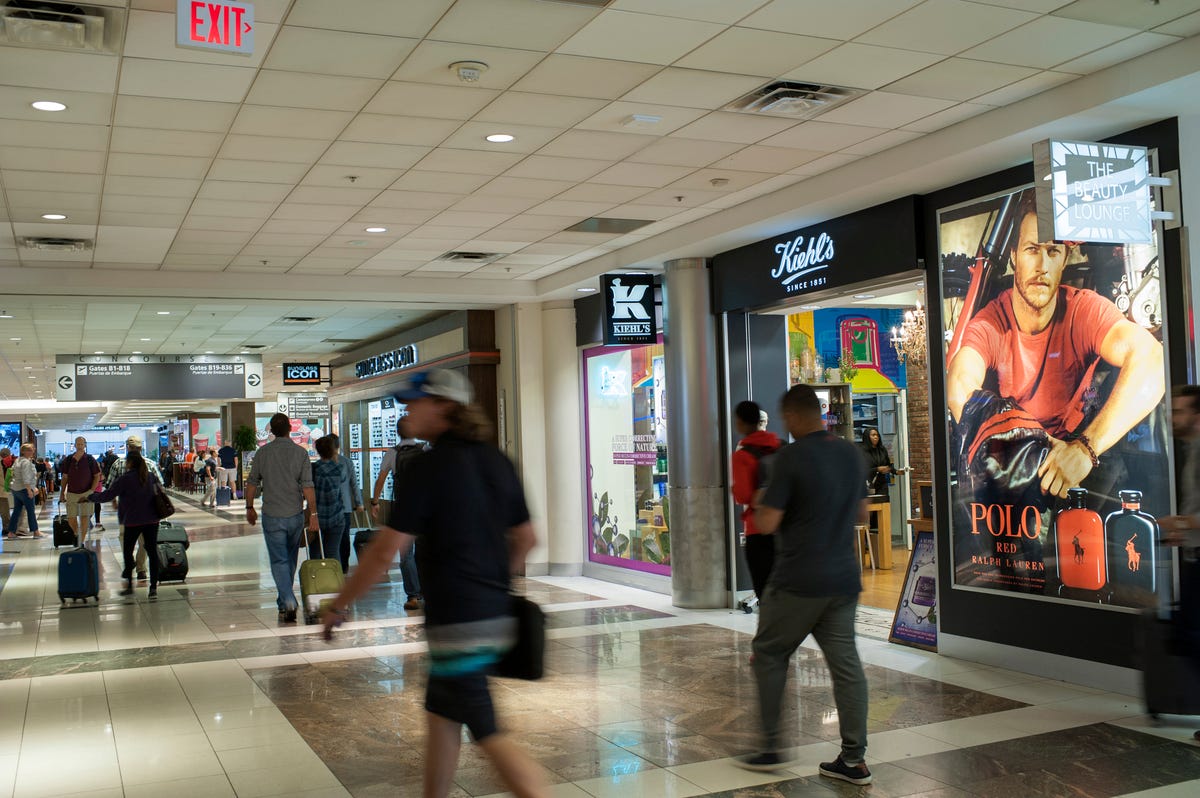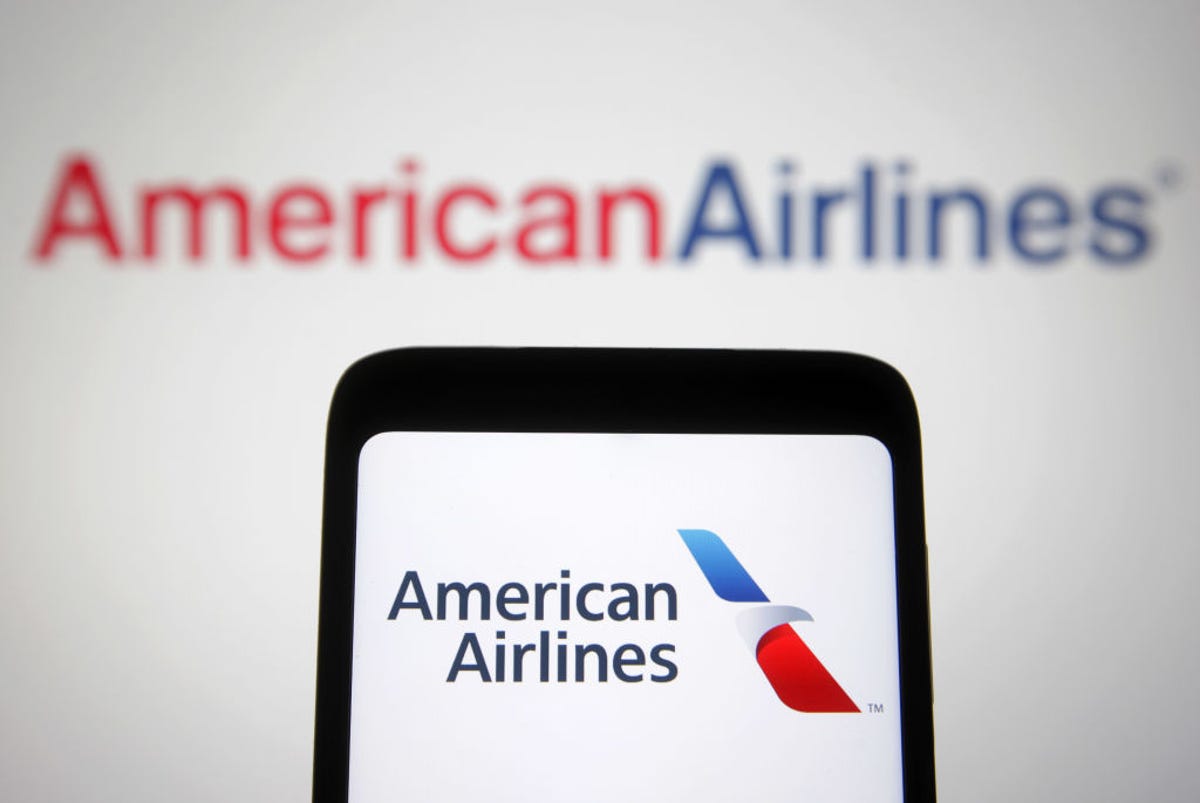More people will be traveling over the holiday season. Which means more crowded planes and runways and more delays and cancellations.
An average of 3% of flights were canceled in August 2022, according to data from the Official Airline Guide, a UK-based global travel data provider. That’s an improvement from the more than 7% cut earlier in the year, but it’s still 50% higher than the 1.9% average in 2019.
There’s not a lot you can do to prevent a specific flight from being held up. But there are some steps to take that will give you a fighting chance of making it home on time.
Want more travel tips? Here’s what you should pack on your next vacation, the best credit cards to rack up miles and what to do if your flight is canceled.
1. Fly earlier in the day
Depart before 3 p.m. to reduce the chance of a cancellation, according to the OAG. Flights that depart after then have a 50% higher chance on average of being cut.
Almost all airlines will work to get you on the next available flight, but if you’ve booked the last flight of the day, that may mean having to wait until morning or later.
2. Fly during the off-season
Flight delays were 40 minutes shorter during March and April 2022 than during the popular summer months, according to the Official Airline Guide. Fall 2022 saw delays decline again, but that may change as the holiday travel season heats up. Maybe skip the Christmas trip to grandma and see her in February instead?
3. Book a nonstop flight
Yes, it’s usually more expensive, but cutting out a connection (or two) dramatically cuts your chances of missing a flight.
4. Leave extra time for layovers
Hartsfield-Jackson Atlanta International Airport has 195 gates, the most in the world.
Aimin Tang/Getty Images
You might think an hour is plenty of time to make a connecting flight. But if the first leg of your journey is delayed, that hour can narrow down to 30 minutes. And with most airlines closing the plane doors about 15 minutes prior to departure, you could easily miss your connection.
These were the busiest hubs over the Thanksgiving holiday in 2021, according to Statista.
- Hartsfield Jackson Airport (Atlanta)
- Dallas Fort Worth International
- Los Angeles International
- Denver International Airport
- Miami International Airport
- Chicago’s O’Hare International Airport
- Orlando International Airport
- Harry Reid International Airport (Las Vegas)
- John F. Kennedy International Airport (New York City)
- Phoenix Sky Harbor International Airport
5. Download your airline’s app
Airline apps can help you navigate airports and find out about alternate flights.
Pavlo Gonchar/SOPA Images/LightRocket via Getty Images
Opt into receiving flight notifications and start manually checking the status of your flight regularly at least 24 hours in advance. As soon as you hear your flight has been delayed or cut, find out about transferring to another.
Many airline apps will also provide up-to-date information on what gate your connecting flight is leaving from and even how to get there.
6. Monitor the weather at both airports
Start checking the weather in both places a few days before your flight. Some airlines will actually reschedule your flight in advance of a major weather front at no extra charge. If a storm is on its way, you might consider leaving a few days earlier or later or finding a different route.
7. These airports have the highest volume of delays and cancellations
According to a FlightAware analysis for CNN, these US hubs had the highest percentage of flight delays between May 27 and Sept. 5, 2022, the most recent information available.
- Chicago Midway International Airport: 37.7%
- Baltimore/Washington International Airport: 32.5%
- Orlando International Airport: 32.2%
- John F. Kennedy International Airport: 31%
- Harry Reid International Airport (Las Vegas): 31%
- Newark Liberty International Airport: 30.4%
- Dallas Love Field Airport: 29.1%
- Dallas Fort Worth International Airport: 28.3%
- Denver International Airport: 27.5%
- Charlotte Douglas International Airport: 27.2%
And these airports had the highest percentage of cancellations.
1. Newark Liberty International Airport (New Jersey): 6.7%
2. LaGuardia Airport (New York): 6.7%
3. Reagan National Airport (Washington, DC): 4.8%
4. Raleigh-Durham International Airport: 3.7%
5. Cleveland Hopkins International Airport: 3.5%
6. Pittsburgh International Airport: 3.4%
7. Boston Logan International Airport: 3%
8. John Glenn Columbus International Airport: 3%
9. Cincinnati/Northern Kentucky International Airport: 2.9%
10. Indianapolis International Airport: 2.9%
Which airlines are the worst for cancellations and delays?
Of the top 10 domestic airlines, American Airlines had the worst record when it came to cancellations, according to the Bureau of Transportation Statistics’ report for July 2022, the most recent data available.
The largest airline in the world, American canceled approximately 2.5% of its flights that month.
When it came to delays, Allegiant, JetBlue and Southwest Airlines had the worst records for on-time flights. At the top of the list were Alaska Airlines, followed by Delta and Hawaiian Airlines.
That’s no a guarantee of what’s ahead, of course, and the risk of a delay or cancelation exists with any carrier.
|
Flights that arrive on time |
Flights delayed by at least 15 minutes |
Canceled flights |
|
|
Alaska Airlines |
83% |
17% |
0.4% |
|
Allegiant |
61% |
37% |
1.5% |
|
American Airlines |
73% |
24% |
2.5% |
|
Delta Air Lines |
80% |
18% |
1.8% |
|
Frontier Airlines |
73% |
26% |
1.1% |
|
Hawaiian Airlines |
81% |
19% |
0.1% |
|
JetBlue Airways |
67% |
30% |
1.8% |
|
Southwest Airlines |
69% |
29% |
1.6% |
|
Spirit Airlines |
79% |
21% |
0.4% |
|
United Airlines |
78% |
19% |
2% |
For more on travel check out the best luggage for holiday trips and learn the Google Maps and Google Flights features to use before and during your trip.















